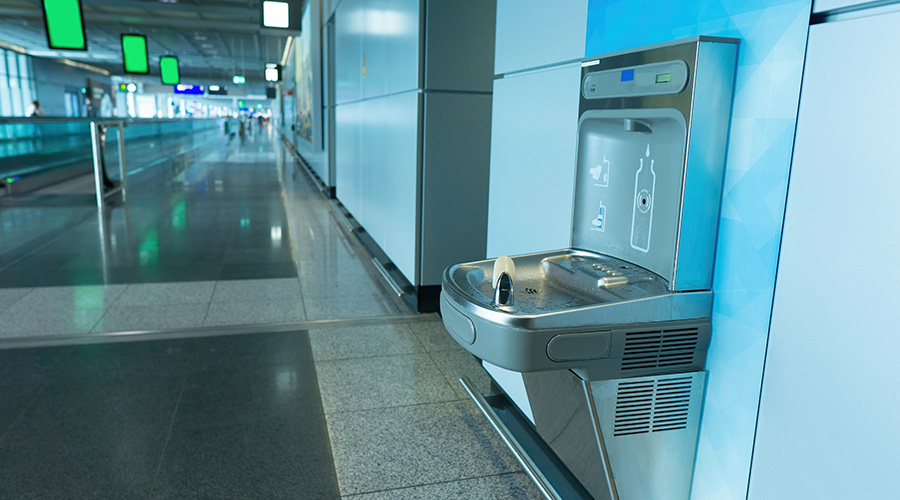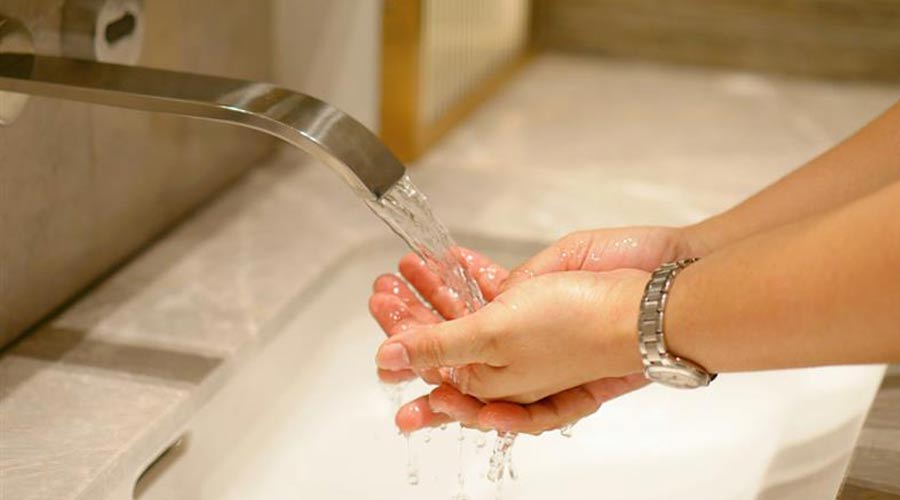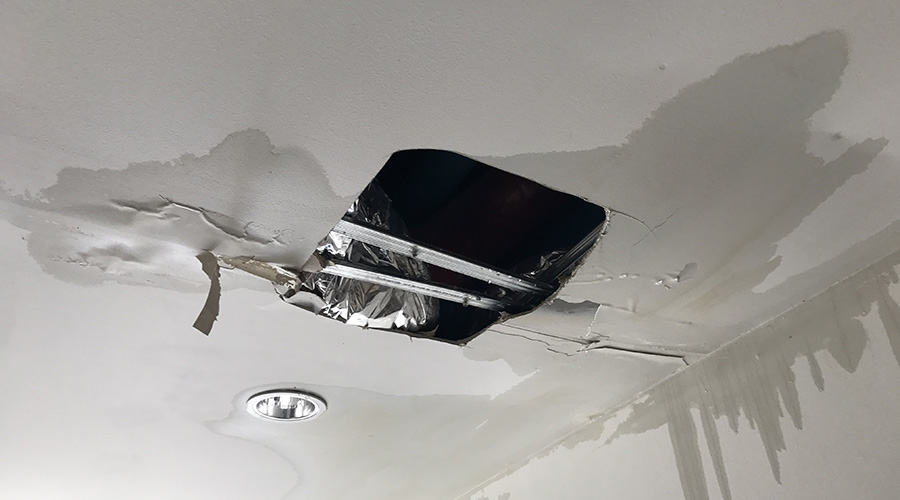Drain Cleaning: Building an Arsenal
For light drain cleaning, such as sinks clogged with hair, a technician can aim a flashlight down the drain to see if inserting a wire hook will remove the hair. But for sinks, toilets and small floor drains with traps blocked by solid objects, mechanical cleaning should be the first line of defense.
The first step is to check if the trap is in good condition. If not, the technician should place a bucket under the trap, disassemble it, and replace it with a new one, taking care not to damage the tailpipe from the sink to the trap or the drainpipe extension in the lateral. If the trap is in good condition but partially or totally blocked, the most appropriate tools are manual plungers and snakes, as well as air rams.
Managers also can specify a range of power drain cleaners sized for three categories of drains: sink lines, floor and secondary drains, and laterals and mains. Considerable overlap exists among pipe diameters, so, depending on the range of diameters in a drain system, one tool might cover everything.
The options for drain cleaning equipment include sectional machines — with separate coils of 10- or 15-foot cables — and drum machines with longer cables for long lines. Augers, cutters and chain-knocker accessories attach to the end of cable, which is fed into the drain first. Depending on configuration, technicians can use these attachments for initial clearing, exploratory inspection, or heavy blockages, and technicians can use the same cable sequentially to do all three tasks on the same job.
Besides drain-cleaning equipment, managers can specify video cameras with monitors and recorders, as well as 325 feet of cable to inspect 2- to 12-inch drain lines and locate blockages.
Coordinating Resources
Proper drain cleaning requires managers to develop a comprehensive program that incorporates inspection, training, and equipment. Managers also need to address two essential areas in the planning process:
Signage. Post signage to prevent occupants from using toilets as wastebaskets. Avoidance is free.
Design. Upgrade existing fixtures, bowls and accessories for good design compatibility. A PM program will not resolve a mixture of old toilet bowl designs and newer, low-flow flush valves.
Maintenance planners also must have a total understanding of the drain-system layout and location of access points, as well as accurate historical information on blockages. If the department's computerized maintenance management system has modules for PM and equipment history, technicians can enter each task and generate a work order automatically when due.
Comprehensive planning consists of five phases:
- Create a job plan showing the safety requirements, method, tools, and crew size for each task.
- Select the frequency — daily, weekly, etc. — and a start date, making sure to stagger start dates to level work loads and minimize inconvenience.
- Apply a standard time in labor hours to the task. Multiplying this time by the annual frequency produces the labor hours per year to perform the task. Adding the job-plan hours for various tasks produces the total annual hours for PM tasks. Using this information, managers can allocate enough resources in the budget.
- Managers sort and distribute the jobs for each week to crew supervisors for assignment.
- Managers can analyze the history of work orders for drainage systems to update the PM planning. The annual schedule should include sufficient camera inspections, based on the blockage history, to prevent surprises.
Using this planned approach, managers can schedule assignments for times likely to least affect the activities of occupants and visitors. This strategy also will minimize emergencies, keep cost lower, and improve occupant satisfaction. Perhaps most importantly, it can enable managers to place resources where they will do the most good.
Thomas A. Westerkamp is a maintenance and engineering management consultant and president of the work management division of Westerkamp Group LLC.
Related Topics:












